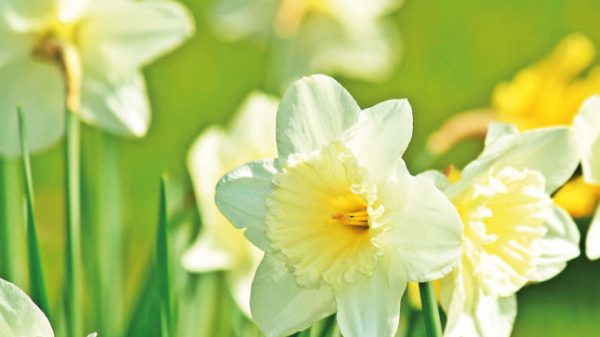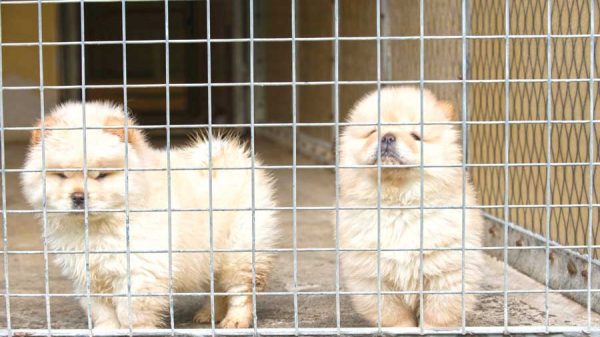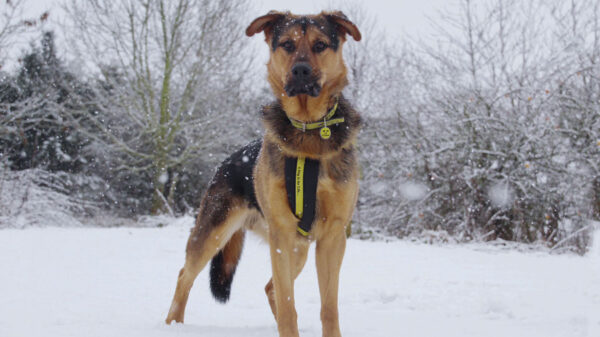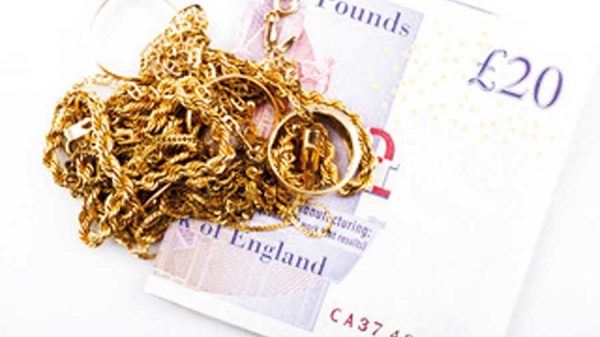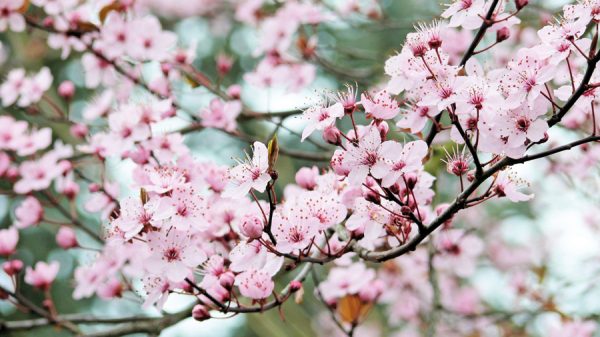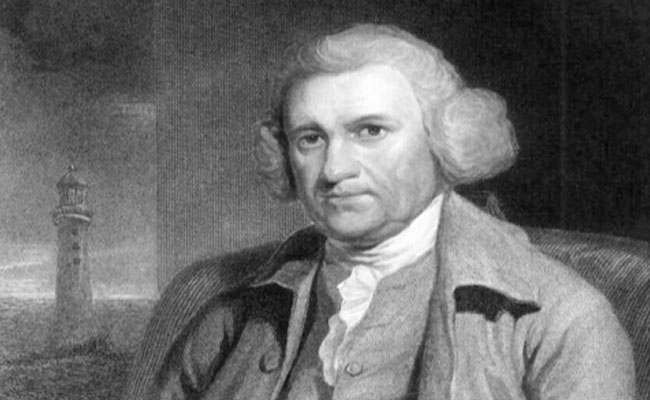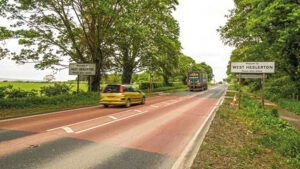We have all had a pretty emotional month in September. The Queen’s passing was an historic event that has touched the nation and the service and commitment she has given us throughout her 70-year reign has been clear for all to see across the world.
As she lay in state and many 1000’s of people filed past to pay their respects, we got to see in great detail the Imperial crown she wore after her coronation and various state events such as opening of parliament and throughout her reign. It forms part of the crown jewels which many people know little about so what really are the crown jewels?
The Crown Jewels are the nation’s most precious treasures. Comprising more than 100 objects and over 23,000 gemstones, the Crown Jewels are priceless, being of incalculable cultural, historical, and symbolic value. They are part of the Royal Collection, held in trust by the monarch for the nation.
At the heart of the collection is St Edward’s Crown. This is the actual crown that is placed on the monarch’s head during their Coronation. Made of 22ct yellow gold it weighs almost 5lbs and is adorned with precious and semi-precious stones with a value estimated of 3-5 billion pounds!
It was remade in 1661 for the crowning of Charles II after the original was melted down by in 1649 by Parliamentarians following the execution of King Charles I. The lost original crown was said to have belonged to Edward the Confessor dating back to 11th Century.
Interestingly it only ever contained ‘rented’ gemstones. It wasn’t until 1911 that King George V had the crown set with its own semi-precious gemstones and it was last used for crowning Queen Elizabeth II in 1953.
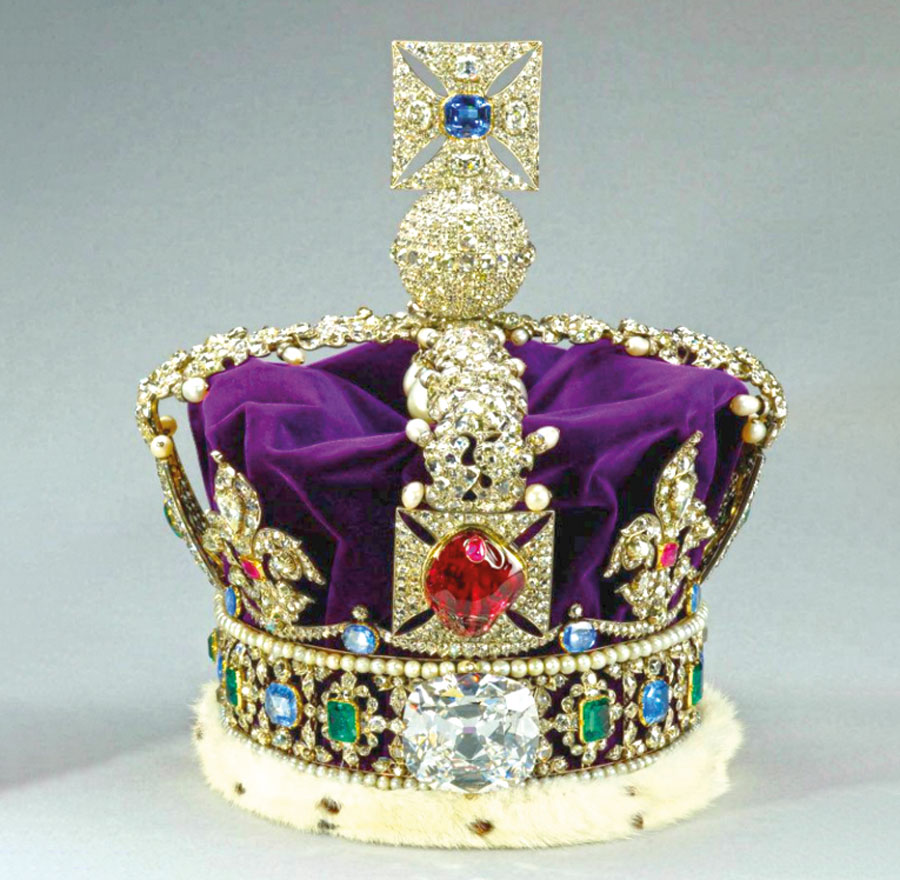
However, the crown we have all become so familiar with is the Imperial State Crown. This is the crown Queen Elizabeth wore when she left Westminster Cathedral after her coronation and was the crown displayed on the queen’s coffin.
●
The crown is made of gold and set with 2,868 diamonds, 17 sapphires, 11 emeralds, 269 pearls, and 4 rubies!
●
The crown contains some of the most famous jewels in the collection. These include the Black Prince’s Ruby, the Stuart Sapphire, and the Cullinan II diamond.
●
St Edward’s Sapphire, set in the centre of the topmost cross, is said to have been worn in a ring by St Edward the Confessor and discovered in his tomb in 1163.
●
The Imperial State Crown was made for the Coronation of King George VI in 1937, replacing the crown made for Queen Victoria in 1838.
The Black Princes Ruby is a large and irregularly cut ruby weighing a massive 170 carats. It was said to be worn by King Henry V in the battle of Agincourt in 1415 and has a hole drilled right through it so the king could display a feather in his helmet!
The most stunning centre piece of the crown though is the large diamond in the centre, the Cullin II diamond weighing 317 carats. Valued at around 2 billion pounds as part of the Crown Jewels, it was bought at the time for £150,000 and gifted to Edward VII in 1907 by the Transvaal Government of South Africa, as a token of loyalty. The original Cullin diamond weighed 3106 carats in the rough and was split into several large stones includung the Cullin I or ‘Great Star of Africa’, weighing 530 carats, which sits in the head of the Sovereigns Sceptre with Cross that was displayed on the top of the queen’s coffin. It remains the largest clear (white) cut diamond in the world.
The Crown of Queen Elizabeth The Queen Mother, was the crown made for Queen Elizabeth to wear at her coronation alongside her husband, King George VI, in 1937. The crown has four half-arches which are detachable allowing it to be worn as an open crown. It is the only crown for a British king or queen to be made of platinum. This crown contains the famous Koh-I-Noor diamond as its centrepiece. This oval cut diamond weighs over 105 carats (over 21 grams) although was once much larger (186 carats) having been recut in 1852 to improve its brilliance after prince Albert failed to be impressed with it. As a rough stone it remains the 8th largest diamond ever found. It is graded as a colour D – the whitest a diamond can get and of exceptional clarity and was once estimated to have a value of half of the daily expenditure of the world.
This diamond has had many previous owners though including Emperors and Maharajas but was specifically given to Queen Victoria under the treaty of Lahore in 1867 and now belongs to the British monarchy.
There are many interesting stories surrounding the crown jewels. In fact, the monarchs of old were not averse to using Pawnbrokers to fund their conquests….
●
The Koh-I-Noor diamond is said to bring bad luck to any man who wears it as its history is related to a great deal of fighting among men. It is therefore only worn by the Queens and Queen Consorts of England and could be worn by the Queen Consort Camilla upon King Charles III coronation although the priceless Queen Mothers Crown has also been rumoured.
●
Edward III once pawned the crown jewels to pay his troops during an overseas campaign. Charles I’s wife also managed to pawn the Crown Jewels in Holland at the beginning of the Civil War.
●
King John is said to have lost the original Crown Jewels in quicksand in 1216
●
Queen Isabella of Spain famously pawned her crown jewels in 1489 to fund her attempts on the battlefield and to help support Christopher Columbus’s journey to the new world.
●
In the age of Shakespeare King James I’s wife, enjoyed acting in the plays performed at court, and used to borrow items of the Crown Jewels from the Tower of London to use as props. The pieces were sometimes returned broken!
As we finish our period of mourning, we have a new King and Queen Consort to crown next year and the jewels will once again be on display to the world. Let’s hope that the countries finances will be in a better state by then and our pawnbroking services will not be required to fund any of their celebrations!!
